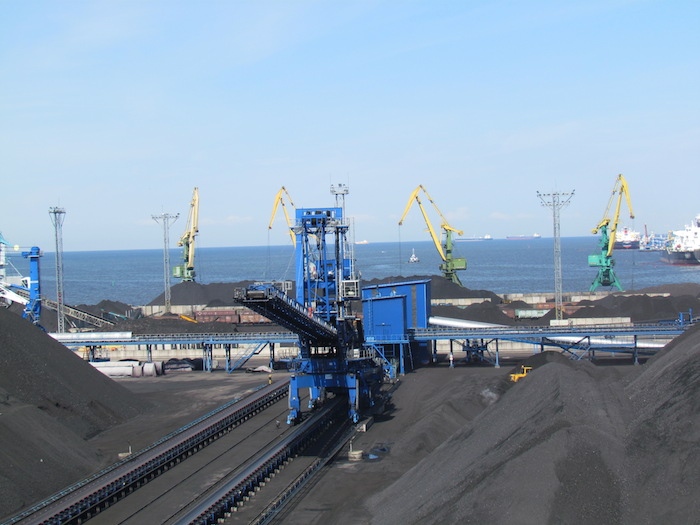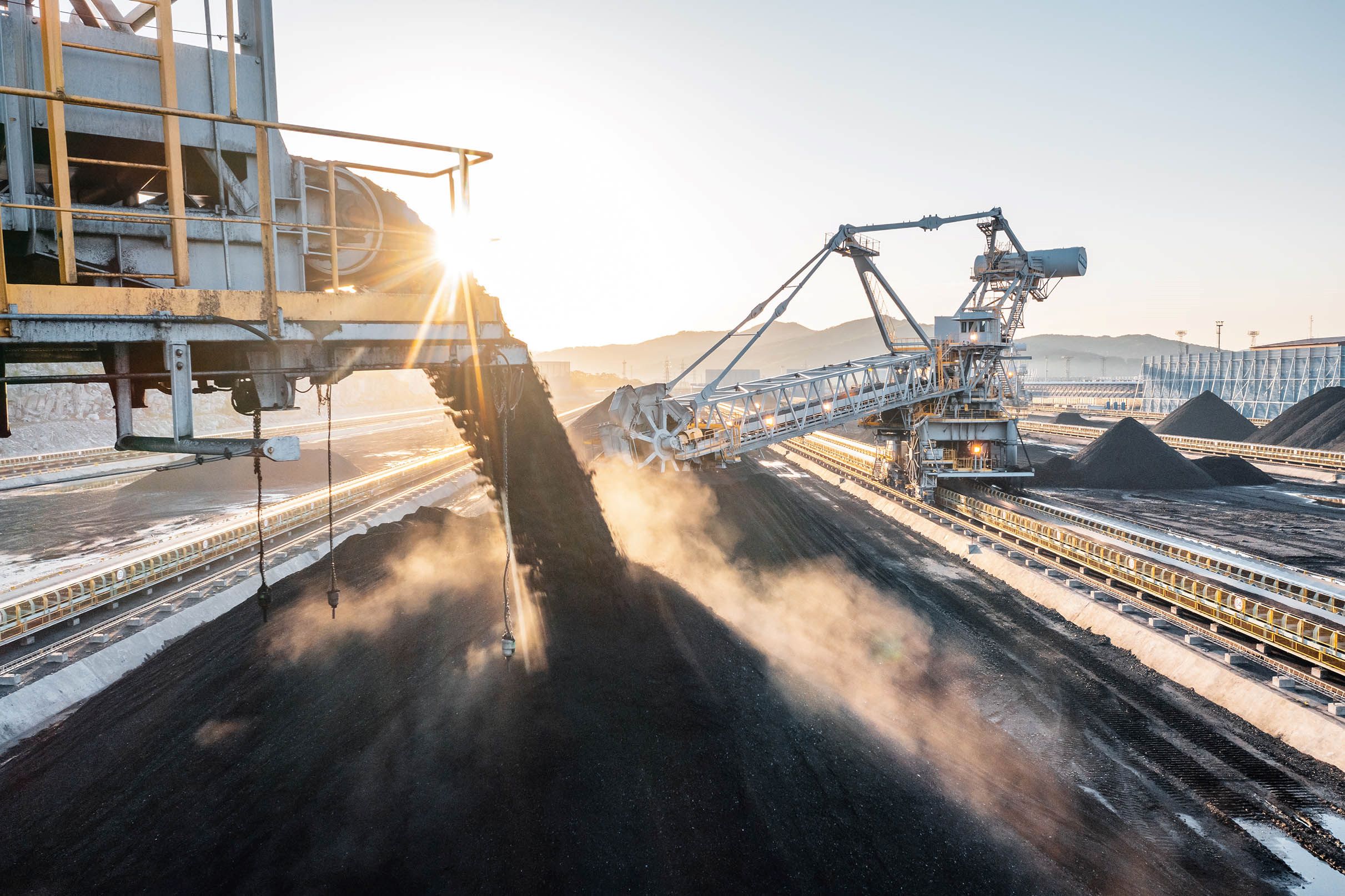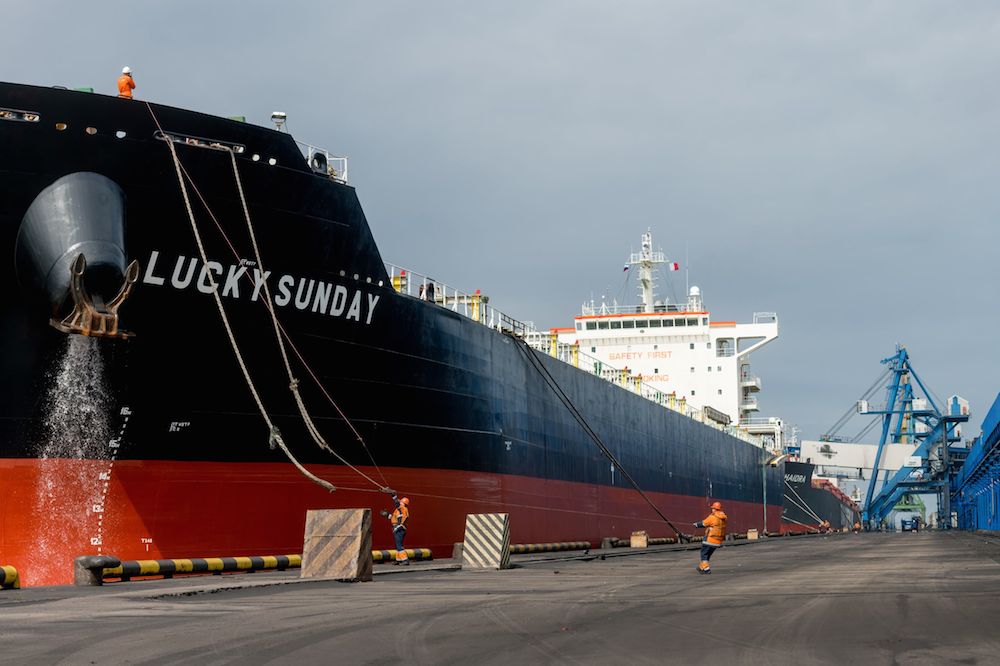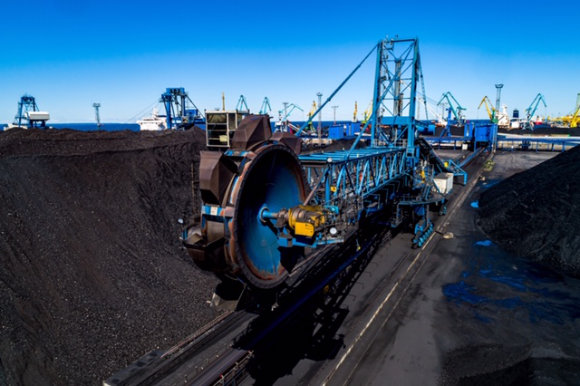

(CAA Analytics) Over the past week, despite gas indices approaching multi-month highs due to increased demand in a number of EU countries, coal prices on the European market fell to 48 USD/t.
According to experts, this dynamics stemmed from the expensive EU carbon quotas, expected increase in the supply of Colombian coal, as well as the growth in volumes of wind generation in Europe. The price of European quotas for CO2 emissions reached 26.20 euros / t (+0.26 euros/t to August 12, 2020).
South Africa’s largest coal producer, Exxaro Resources, reported a 39% increase in coal export sales and a 3% increase in domestic sales in H1 2020.
The Colombian mining regulator (ANM) rejected application of local producer Prodeco to halt its coal mines for 4 years. In March 2020, Prodeco shut down coal mines due to pandemic. The volume of daily wind generation in the 10 largest EU economies amounted to 538 GWh (+14.6% to August 12,2020), which had a negative impact on coal indices. In addition, abundant ARA coal reserves of 6.98 mio t (+3% to August 12, 2020) limit the potential growth of coal prices.
Gradual recovery in coal consumption of South African state-owned generating company Eskom and strong demand of cement companies in India supported export prices for South African material. However, the plans of the Indian state mining enterprise CIL to sell 15-20 mio t of coal to local buyers in August may negatively affect the quotes of coal from South Africa in the near future.
South Africa’s largest coal producer, Exxaro Resources, reported a 39% increase in coal export sales and a 3% increase in domestic sales in H1 2020. The company’s total sales of thermal coal in H1 2020 increased by 11% to 22.8 mio t from 20.6 mio t in H1 2019. The volume of export deliveries increased to 5.9 mio t from 4.3 mio t for the same period in 2019, while the average export price of the company decreased to 52 USD/t compared to 54 USD/t in the first half of 2019.
Heatwave, hitting several regions of China, spurred coal-fired generation, favorably impacting the indices of coal from Australia. In July 2020, electricity consumption in China rose to 682.4 TWh (+2.3% to July 2019). Apart from that, typhoon «Higos», bringing gales and torrential rains to Guangdong province (China), may restrain local coal supplies, boosting demand for imported coal of Australian origin.
International steel producers are expanding their production capacity, expecting a recovery of demand in Q4 2020-Q1 2021.
Low bidding activity in the Indonesian market in the run-up to the national holidays in August 20-21, 2020, along with waning demand of Chinese coal-fired power plants for low-calorific material from Indonesia, resulted from the exhaustion of import quotas in the Chinese ports, put pressure on the indices of Indonesian coal. Market participants say that local Indonesian producers have taken a number of measures to reduce production, but this has not been enough to shore up export prices.
Uptick in prices of metallurgical coke on the Chinese domestic market, as well as Chinese metallurgical enterprises willing to buy Australian coking coal in anticipation of tighter customs restrictions, strengthened the indices of metallurgical material from Australia.
International steel producers are expanding their production capacity, expecting a recovery of demand in Q4 2020-Q1 2021.
Follow CAA Analytics on Twitter:
[tfws username=”CAA_Analytics” height=”700″ width=”350″ theme=”light” color=”#FAB81E” tweets=”2″ header=”yes” footer=”yes” borders=”yes” scrollbar=”yes” background=”yes”]













